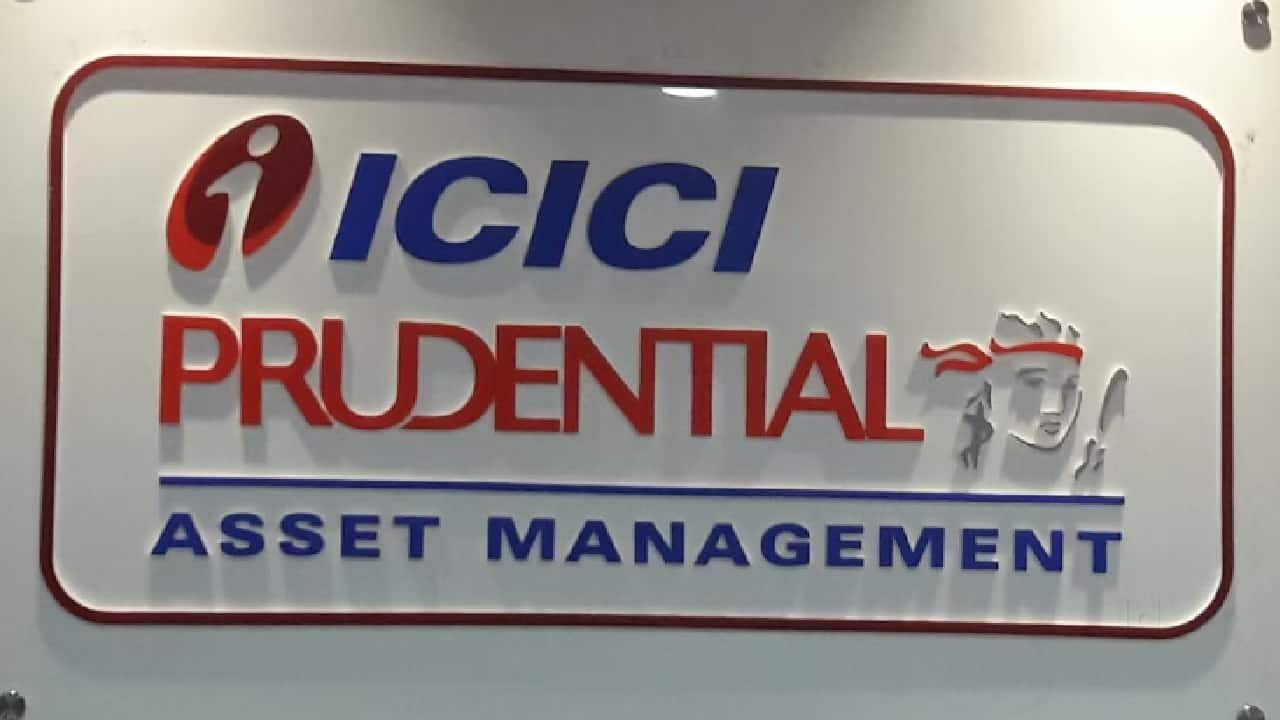 |
|
The Indian mutual fund landscape reveals a stark contrast in investment strategies among leading fund houses, particularly concerning exposure to small and mid-cap stocks. A recent analysis highlights ICICI Prudential Mutual Fund (ICICI Pru MF) as the least exposed to this segment among the top five AMCs (Asset Management Companies) in India, a stance reflecting the cautious outlook of its CIO, S Naren. Naren's recent pronouncements advising investors to exit small and mid-cap investments entirely due to overvaluation have sparked considerable debate within the financial community. This divergence in investment strategies underscores the differing perspectives on risk appetite and market outlook among major players in the industry. The data from Morningstar, a leading financial data provider, reveals that as of December 31, 2024, small and mid-cap stocks constituted only 21.19% of ICICI Pru AMC’s total AUM in pure equity schemes. This figure is significantly lower than its competitors, with its small-cap exposure standing at a mere 9.58% of equity scheme AUM, the lowest among the top five fund houses. Similarly, its mid-cap exposure of 11.61% within pure equity schemes is also the lowest among its peers. Even considering the total AUM – encompassing equity, debt, and hybrid schemes – ICICI Pru MF's SMID (Small and Midcap) exposure remains the lowest at 12.43%.
In stark contrast, Kotak MF demonstrates the highest exposure to small and mid-cap stocks, with 52.09% of its equity scheme AUM invested in this segment. HDFC MF and Nippon India MF follow closely behind, with 42.28% and 42.05% respectively. Nippon India MF's Smallcap Fund stands out as the largest in India, boasting an AUM of Rs 57,009.70 crore as of January 31st. SBI MF, the largest fund house in India with a total AUM of Rs 10.77 lakh crore and an equity scheme AUM of Rs 6.88 lakh crore, shows a considerably lower but still substantial 24.48% exposure to small and mid-cap equities. This wide range of exposures demonstrates a significant divergence in investment philosophies among leading AMCs, possibly reflecting differing risk assessments and long-term investment strategies. The significant difference between ICICI Pru MF’s conservative approach and the considerably higher exposure of its competitors showcases the differing approaches to risk and the potential volatility associated with these market segments.
S Naren's controversial statement advocating a complete withdrawal from small and mid-cap investments, citing absurd valuations, ignited a heated debate. He highlighted a median P/E ratio of 43x for mid and small-cap stocks, arguing that the market capitalization growth has outpaced profit growth, rendering current valuations unsustainable. He also noted a weakening momentum in these shares. These concerns aren't entirely new; they've been present for over a year, with Sebi (Securities and Exchange Board of India) expressing concerns about a potential bubble in March 2024 and calling for stress tests of AMCs. Since late 2024, mid and small-cap stocks have faced significant selling pressure and heightened volatility. The Nifty Smallcap 100 Index has declined nearly 13% in the last six months, while the Nifty Midcap 100 has fallen approximately 11.47% during the same period. The BSE Mid and Smallcap indices briefly entered bear territory in mid-2025, falling over 20% from their September 2024 highs. This downturn, despite rising inflows into Smallcap funds (a 22% month-on-month increase in January, according to AMFI data), underscores the prevailing uncertainty and risk within this market segment. The divergence between fund manager opinions also highlights a crucial point for investors: that investment strategies must be carefully considered in light of individual risk tolerance and investment time horizons.
Source: Playing safe: ICICI Pru MF least exposed to small, midcaps among top five fund houses
